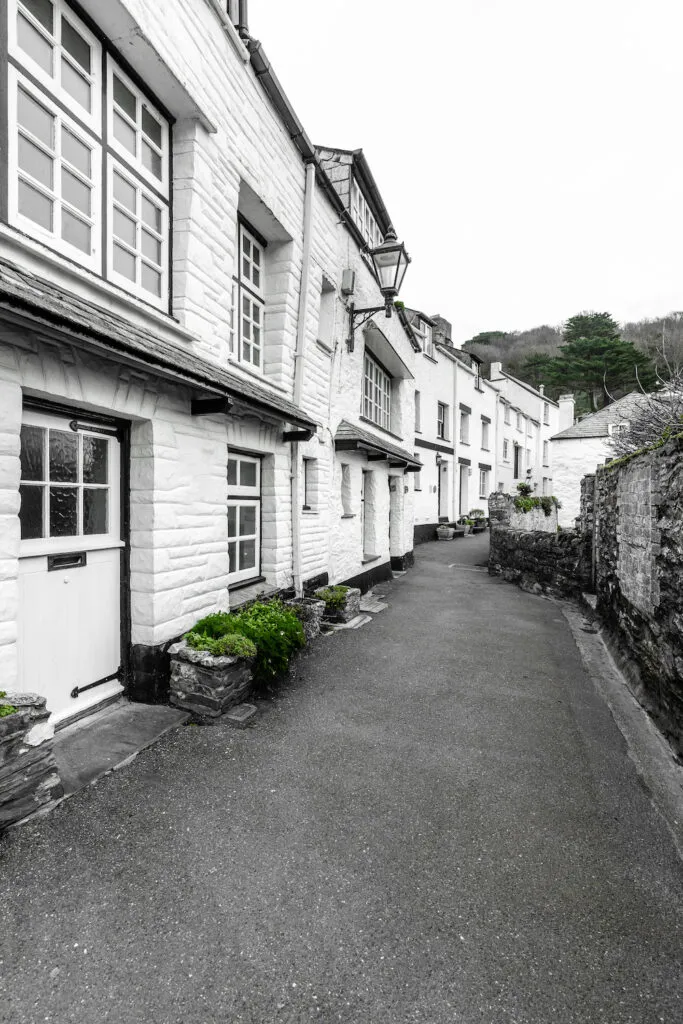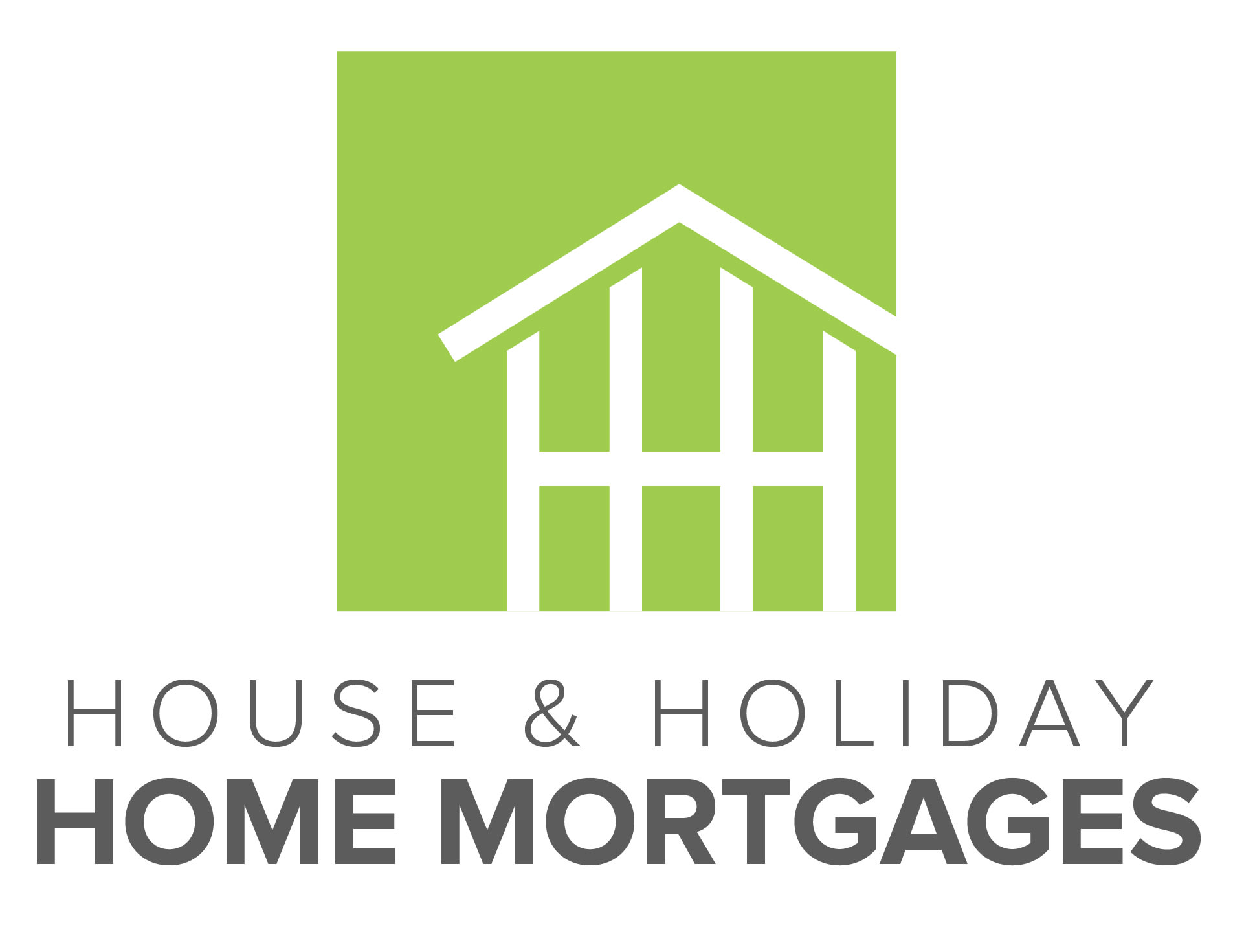A guide to holiday let mortgage criteria

Investing in a holiday property is a big financial commitment, so getting the right mortgage in place is essential.
There are two types of mortgages for holiday properties that you can choose from. The type you’ll need will depend on what you plan to use the property for.
If it’s for personal use – that is, for you, your friends and your family to enjoy – then a holiday home mortgage will suffice.
However, if you’re looking to rent the property out as a furnished holiday let, you’ll need a particular type of mortgage, called a holiday let mortgage.
Here’s we take a closer look at what holiday let mortgages are and the criteria that lenders apply.
What is a holiday let mortgage?
Holiday let mortgages are similar to buy to let mortgages.
They are designed to help people purchase holiday properties that will be let out on a short-term – rather than ongoing – basis.
A holiday let mortgage will enable you to buy a holiday home that you can let out to other people to generate income, but also enjoy it yourself when it’s not in use by paying guests.
Because holiday let properties present more risk to mortgage providers, their lending criteria are much stricter. While holiday let mortgages have grown in popularity, they are still a niche product.
So, you should always seek advice from a professional with expertise in holiday let mortgages to help you find the best deal and support your application.
While you can access some holiday let mortgage deals by yourself, most lenders require you to apply via an intermediary, such as a specialist mortgage broker.
What are the lending criteria for a holiday let mortgage?
While the lending criteria for holiday let mortgages vary from lender to lender, in general terms, you will need to meet the following for your application to be successful:
- Be an existing homeowner
- Provide a deposit of at least 25% (sometimes up to 35%) of the holiday let property’s value
- Demonstrate rental income potential of between 125% and 145% of the interest payable on the mortgage
- Have a minimum income of between £20,000 and £40,000, on top of any rental income the property may generate (although some lenders do have no minimum income requirements)
In practical terms, this would mean that if you were interested in buying a holiday let property valued at £250,000, you’d need a deposit of at least £62,500.
With a holiday let mortgage rate of 4%, the property would need to generate an annual income of at least £15,000
As with any type of mortgage, the lender will want to be sure you can afford the repayments, especially if your financial circumstances changed suddenly.
Some of the other things your mortgage lender may consider include your monthly outgoings and other financial commitments, and credit history.
When it comes to the property, your lender will likely want to ensure there are no occupancy restrictions that might reduce the value of their security. They may also consider any freehold or leasehold restrictions, whether the property is of standard construction, its proximity to commercial facilities such as pubs, shops or restaurants and any potential shared access issues.
Are there any tax benefits to buying a holiday let property?
It’s worth bearing in mind the potential tax implications of owning a holiday let property, although you should always seek independent advice from a tax professional before proceeding.
HMRC views holiday lets as income-generating businesses. So, if you rent your property out as a furnished holiday let, you may be entitled to:
- Capital Gains Tax relief, including entrepreneurs’ relief and business asset rollover relief
- Capital allowances for fixtures, fittings and furniture
- Offset the full amount of mortgage interest against rental income when calculating profits
On the other side of the coin, you may be liable to second property Stamp Duty of at least 3% – possibly more – on top of the standard rate that’s applied to all property purchases. Second home Stamp Duty applies to anyone buying an additional residential property worth more than £40,000, whether it’s being bought to live in or as an investment buy-to-let, holiday home or any other purpose. It also applies if you own only a share of a property.
Again, please seek professional advice before proceeding so you understand precisely how much additional Stamp Duty you may be liable for because it can add a significant amount to the purchase price.
For example, if the property you’re looking to buy is worth between £250,001 and £925,000, standard Stamp Duty would be levied at 5%, and second home Stamp Duty would be 8% of the purchase price. That’s an additional £39,000 on a property worth £300,000.
How can I get a holiday let mortgage?
If you’re looking to invest in a holiday let property and want to find the right mortgage to enable you to do so, we can help. Our expert team has more than 40 years’ experience in the holiday let market.
We’ll provide honest, straightforward advice and guidance on the right way forward and help you arrange the deal that’s right for you to make your investment a holiday property as pain-free as possible. Get in touch today to find out more.

